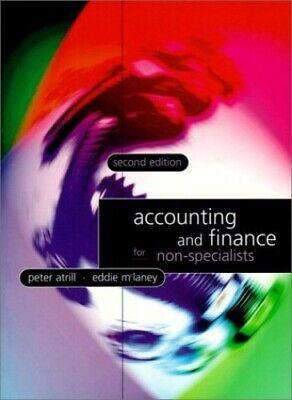A manufacturer has set up a plant for producing electrolytic chromium from high-carbon ferrochrome. The plant took three years to build according to the following schedule. Production began just after the end of year 3 and continued as presented below. Assume a simple straight-line depreciation of 10% per year is applied for the tax deduction, beginning in year 4 , with zero salvage value and a 10% discount rate. Note that depreciation is only applied to costs for engineering design and plant construction. Land cost and working capital are not depreciable. The land asset is not depreciated because it is considered to have an infinite useful life. Also, working capital is recovered at the end of the project (year 13); thus, it is not a depreciating asset. 1) Calculate the simple payback period using average annual net cash flow between year 4 and year 13 , assuming no need for additional capital expenditure. 2) Calculate the pre-tax discounted cash flow for each year (DCi ) from year 0 (present time, start point of year 1) to year 13 (end of year). 3) Calculate the after-tax NPV. 4) Calculate the pre-tax internal rate of return (IRR). Using an iterative method for approximating solutions is acceptable [This is the only way you can do it in the final exam]. 5) Calculate the after-tax IRR. 6) Repeat the calculation of NPV at a 15% discount rate. 7) Develop a diagram that presents accumulated after-tax DCF at the two discount rates ( 10% and 15%, respectively) vs. years. Discuss your results. 8) If the straight-line depreciation rate changes to 25% per year (others are the same @ 10% discount rate), would you think this will be a better investment opportunity? 9) Develop a diagram that shows the project's after-tax NPV @ 10% discount rate vs. 40%,20%, 10%,0%,10%,20% and 40% change in the project CAPEX. When would you be interested in investing in this project? 10) Develop a diagram that shows the project's after-tax NPV @ 10% discount rate vs. 40%,20%, 10%,0%,10%,20% and 40% change in the metal price, assuming that the prices change at the same rate each year. If the taxable income for the year is negative, no tax is required or refunded that year. What about your thoughts now? A manufacturer has set up a plant for producing electrolytic chromium from high-carbon ferrochrome. The plant took three years to build according to the following schedule. Production began just after the end of year 3 and continued as presented below. Assume a simple straight-line depreciation of 10% per year is applied for the tax deduction, beginning in year 4 , with zero salvage value and a 10% discount rate. Note that depreciation is only applied to costs for engineering design and plant construction. Land cost and working capital are not depreciable. The land asset is not depreciated because it is considered to have an infinite useful life. Also, working capital is recovered at the end of the project (year 13); thus, it is not a depreciating asset. 1) Calculate the simple payback period using average annual net cash flow between year 4 and year 13 , assuming no need for additional capital expenditure. 2) Calculate the pre-tax discounted cash flow for each year (DCi ) from year 0 (present time, start point of year 1) to year 13 (end of year). 3) Calculate the after-tax NPV. 4) Calculate the pre-tax internal rate of return (IRR). Using an iterative method for approximating solutions is acceptable [This is the only way you can do it in the final exam]. 5) Calculate the after-tax IRR. 6) Repeat the calculation of NPV at a 15% discount rate. 7) Develop a diagram that presents accumulated after-tax DCF at the two discount rates ( 10% and 15%, respectively) vs. years. Discuss your results. 8) If the straight-line depreciation rate changes to 25% per year (others are the same @ 10% discount rate), would you think this will be a better investment opportunity? 9) Develop a diagram that shows the project's after-tax NPV @ 10% discount rate vs. 40%,20%, 10%,0%,10%,20% and 40% change in the project CAPEX. When would you be interested in investing in this project? 10) Develop a diagram that shows the project's after-tax NPV @ 10% discount rate vs. 40%,20%, 10%,0%,10%,20% and 40% change in the metal price, assuming that the prices change at the same rate each year. If the taxable income for the year is negative, no tax is required or refunded that year. What about your thoughts now








